The man who created the infamous Barkley Marathons has highlighted where he thinks many of this year’s runners went wrong.
The ‘Barkley course bites back’ was a popular headline a week ago when none of the 40 entrants even made it past a third 20-mile loop, let alone threatened a five-lap finish.
That was all in stark contrast to 12 months previously when a record-breaking five finished ‘The Race That Eats Its Young’, including the first woman to do so in Jasmin Paris.
Still only 20 have made it all the way round in the 30+ year history of the event and plenty have pointed to a toughened-up course, trickier navigation or even the weather as key factors in none being added to that list this time around.
But Laz Lake, who invented the event and again oversaw proceedings with new race director Carl Laniak, has a very different take on what unfolded in 2025…
‘I saw errors being committed’
Writing in his own unique style on his Facebook page, Laz said: “To say the course won this year is an understatement.
and since the smoke cleared,
revealing a battlefield littered with the corpses of hubris and overconfidence
i have been thinking back over the past year
and especially the past week
seeking to understand what went wrong…
“and i came out with some definite opinions about what triggered the massacre of 2025.
that doesn’t mean i am right
but i think the cat ass trophies of 2025 can be greatly attributed to a few mistakes
repeated by a lot of athletes.
“sure, the course got tweaked.
it gets tweaked every year.
and i knew going in that this was a difficult barkley course.
but, while it had a little more climb
it was also shorter.
i was actually not certain we would not have another mass finish!
but in the leadup to the race i saw errors being committed that lowered my optimism for the field.”
DON’T blindly follow…
So what exactly were those errors? Laz groups them into three key reasons, which might not make pleasant reading for a lot of the competitors.
First up was something he alluded to right before he lit the ceremonial cigarette to signal the start – and referenced by Keith Dunn in the X post below.
“1) taking bad advice.
i saw it written over and over,
until it took on a life of its own.
“follow a veteran”
.
“better to develop your own navigational skills.
how do you know the veteran you follow did not become a veteran by following veterans?
and even if you latch on to someone with serious navigation skills
if they leave you out in the woods,
all that happened was that they led you a long way from safety
and the main thing you learned was what the right direction looks like
when someone’s ass is in the middle of it!”
BUT do use the wisdom of the crowd…
Next was how some of the runners acted this year when they were shown the map of the course, as is always the case, in camp the day before.
Laz writes: “2) take a picture of the map,
and retreat to your own tent to copy it.
that one is so stupid we arent even going to allow it next year.
first, it is going to be nearly impossible to mark the checkpoints accurately from a phone picture.
if you make it small enough to see where the mark is,
you cannot tell the exact location.
if you make it large enough to see the exact location,
you cannot see enough of the whole map to see where it goes.
and exact placement of the checkpoint locations is critical!
second, what everyone lost was the discussion that normally goes on around the master map.
following a veteran might be a fools errand.
having them tell you what to look for when locating checkpoints
or selecting your routes
can be worth its weight in gold.
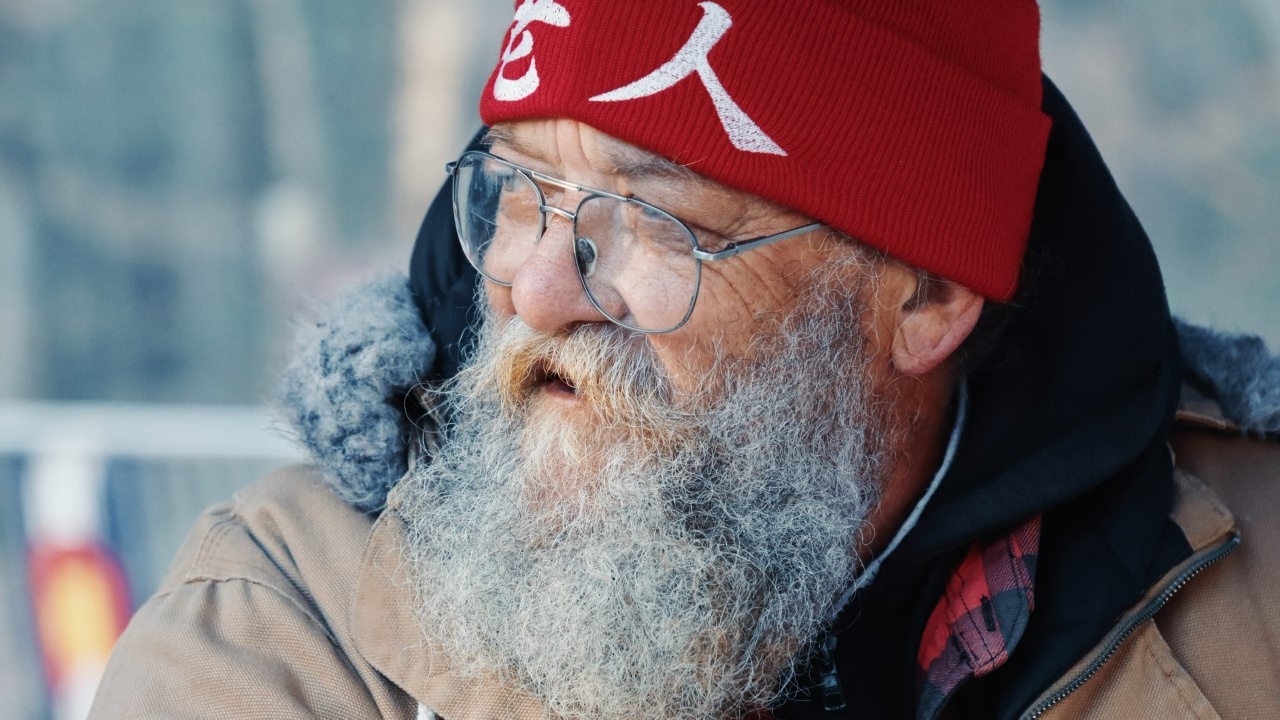
“which gets back to navigation
and the checkpoints.
i don’t think the athletes realized how critical it is to:
mark the checkpoints accurately
navigate to them.
“great pains are taken to place the marks on the exact location of the checkpoint.
and i think many of the athletes with rudimentary navigation skills
are unable to look at the map and exactly visualize a location.
contour lines are not merely a record of elevation change.
they are a picture of how the ground is configured.”
Location, location, location
He goes into more detail on that one on the full Facebook post, but then rounds off his critique as follows:
“3) trying to brute force error correction.
some people searched for checkpoints for as much as 5 hours,
going back and forth over the same ground.
then came home with a description that did not sound like they were ever in the vicinity of the actual checkpoint!
“checkpoints are not “hidden”
they are not probably in plain sight,
and they have to be placed where hogs cannot get to them.
but the map markings and directions are intended to make them easy to locate.
in a race with zero margin for error,
i would not look more than 5 minutes before consulting the map.
find a nearby landmark that is easily identifiable.
or even a couple of more distant peaks that you can see…
“if these do not match what you should see from the checkpoint,
then you are searching in the wrong place!”
And summing up his thoughts, he gives a few clues as to what participants in 2026 and beyond should expect:
“my conclusion about the weekend is not that kind.
but sometimes what you need to hear and what you want to hear are not the same.
barkley is out there on the edge of possibility.
but it is not impossible.
for most athletes the 100 is not going to be in their future.
the best ability, preparation, and execution might not be enough.
but most of them should have been able to knock out one loop under the time limit!
“the 2025 field left a lot of cards on the table.”

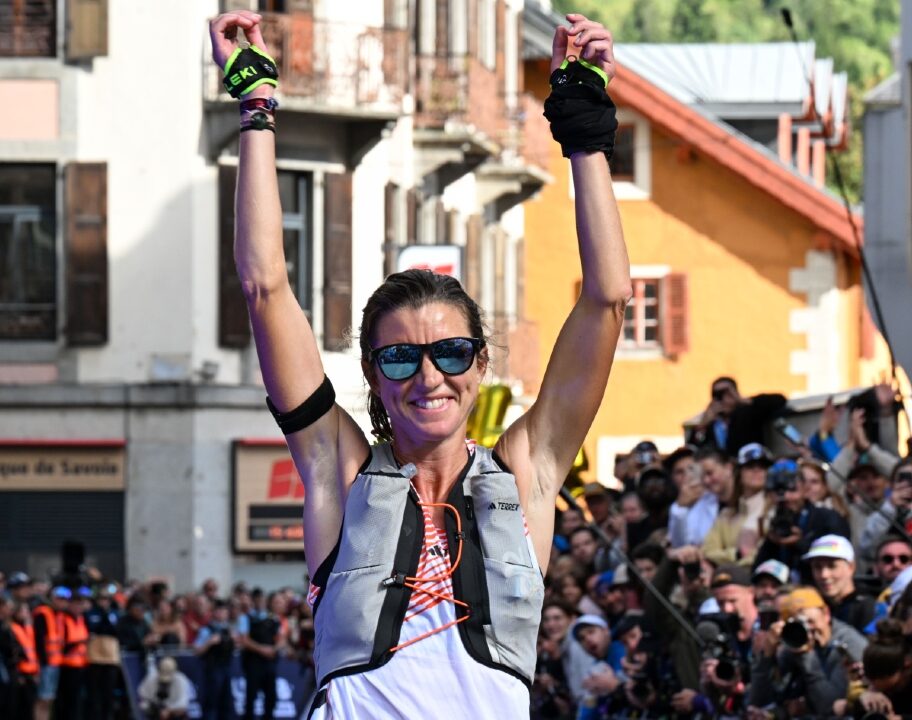
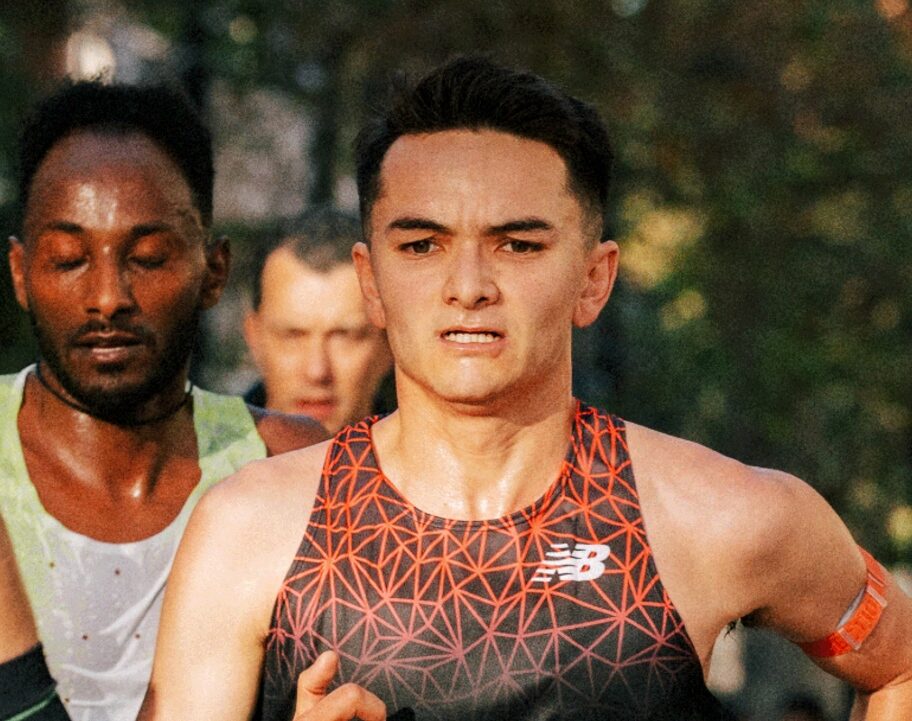
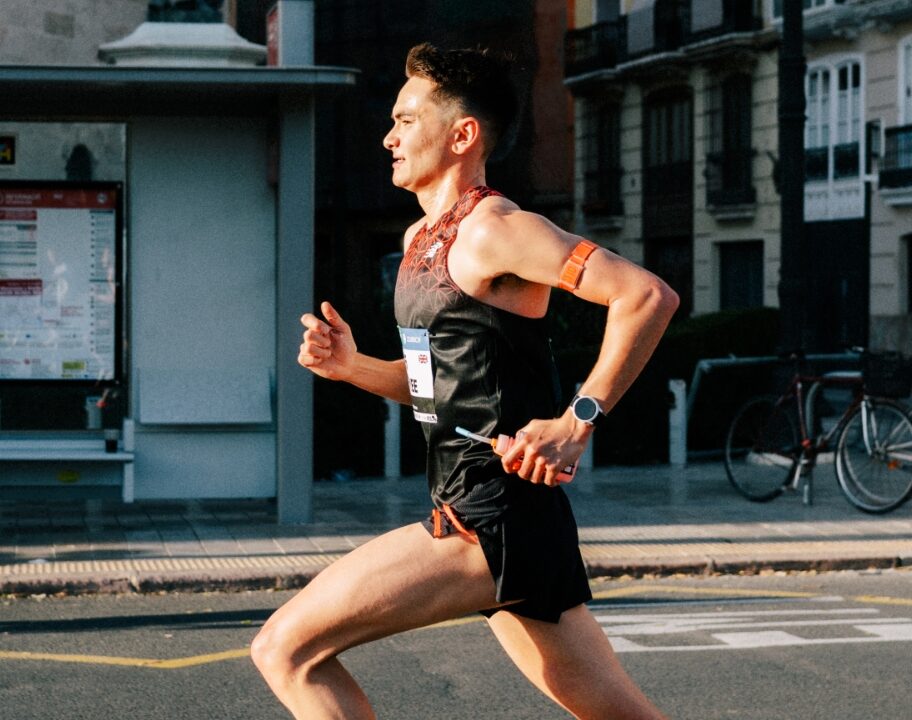
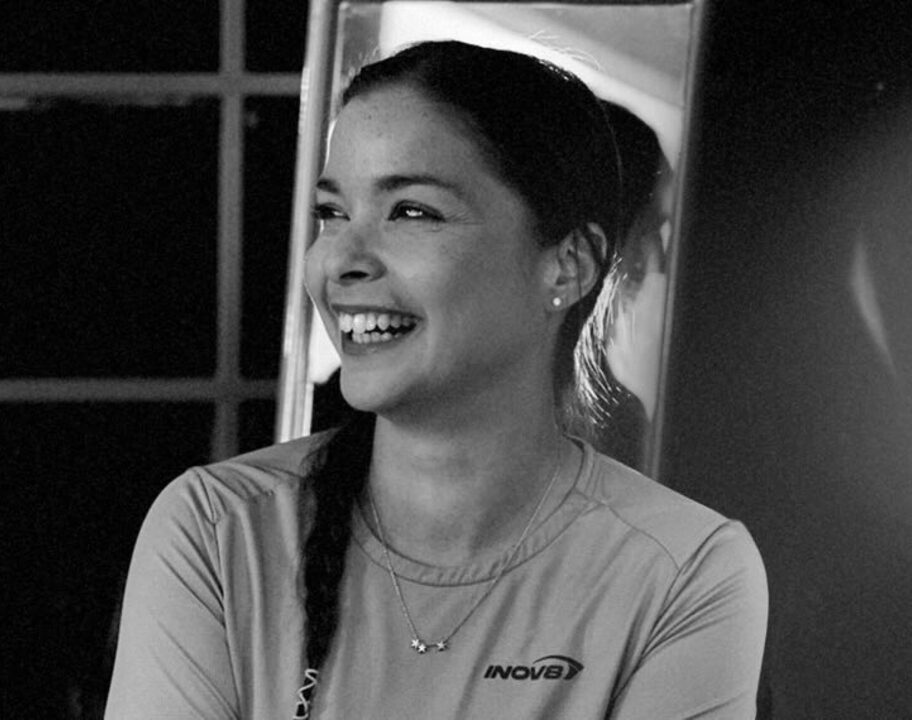
![Russ Cook completes his epic run across the entire length of Africa [Photo credit: The Snapshot People Ltd]](https://run247.com/wp-content/uploads/2024/04/Russ-Cook-completes-length-of-Africa-run-2024-912x720.jpg)
